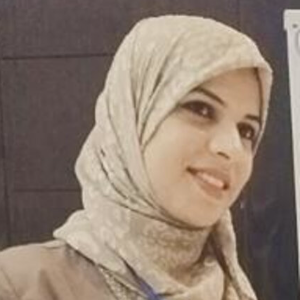Abstract:
Background and Purpose: For child development, postural balance plays a substantial role in achieving new postures and more complex motor skills and preventing fall-related-injury risks in early life (Rinaldi et al. 2009). Importantly, the age range between 5- and 6-year old has been identified as one of the critical stages of postural development (Riach and Starkes 1993). Moreover, physical and sports activities are efficient in developing sensorimotor adaptabilities involved in postural balance control, depending on the respective sport and the training process (Nardello et al. 2021). However, these effects remained still insufficiently examined at this critical age. Thus, we aimed in the present study to evaluate the postural balance of young tennis players (land-based sport) and young swimming practitioners (aquatic sport) in static and dynamic conditions.
Methods: Thirty-six children (5–6 years old) participated in 3 groups: 12 tennis players, 12 swimming practitioners and 12 controls. Static and dynamic [in medial lateral (ML) and anterior posterior (AP) planes] postural balance were assessed by the centre of pressure sways using a stabilometric force platform in the eyes opened (EO) and eyes closed (EC) conditions.
Results: In the EO condition, swimming practitioners and tennis players had a significantly lower (p<0.05) centre of pressure mean velocity (CoPVm) compared to controls in both static and dynamic medial-lateral (D-ML) postures. In the D-ML posture, swimming practitioners showed lower CoPVm compared to tennis players. However, in the EC condition, only the swimming practitioners showed better static and D-ML postural balance (p<0.05) compared to their counterparts. In the static posture, the Romberg index value was significantly higher (p<0.05) in tennis players compared to the two other groups.
Conclusion: Tennis players developed a higher reliance on vision to maintain balance, whereas swimming practitioners were more stable in challenging postural conditions. Clinicians should consider incorporating swimming training rather than tennis as an appropriate balance training in fall-prevention programs at this age range.
Keywords: Children; postural balance; swimming; tennis; sensory manipulation




